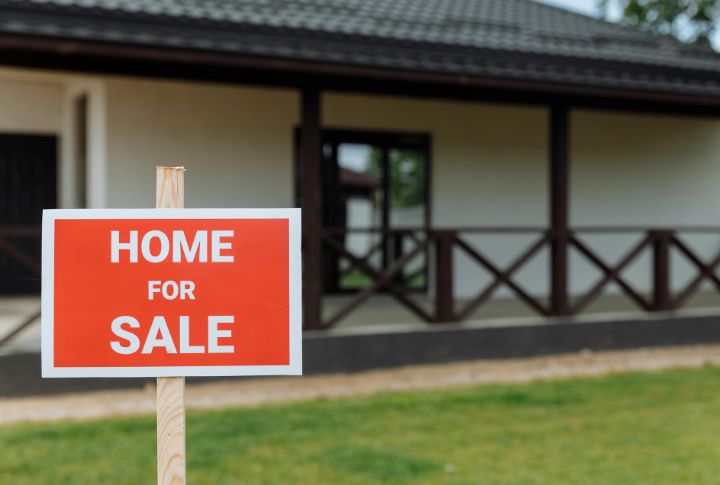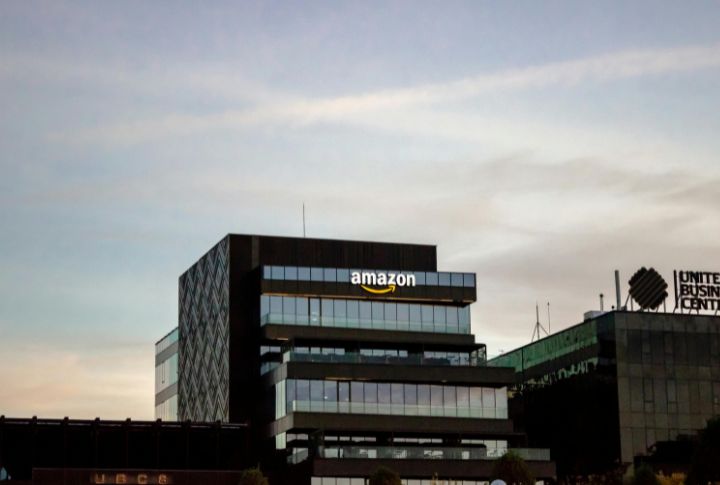
Once a symbol of progress and possibility, the American Dream now feels more like a fading blueprint. The promise of stability and security has frayed, and success is being redefined. Stick around—you’ll want to know which of these changes is already affecting you.
Wages Got Stuck While Productivity Soared

Since 1979, U.S. productivity jumped 59.7%, but worker pay crawled up only 16% as stated by the EPI. Real wages grew 0.6% annually, far behind 1.4% productivity growth. Had they stayed linked, median workers today would earn $9 more per hour. Before the late 1970s, pay and productivity rose hand-in-hand.
Homeownership Is Increasingly Unaffordable

According to Harvard JCHS, the dream of homeownership now demands over $150K in yearly income across many metro areas, twice the national median. From 2000 to 2020, housing costs outpaced incomes in over 90% of counties, and in 2025, 233 cities saw starter homes hit $1 million and beyond.
College Degrees No Longer Guarantee Security

A diploma once meant security. Now? Recent grads face 5.8% unemployment and 41.2% underemployment, according to Forbes. One year out, 52% land jobs they’re overqualified for—and nearly half stay stuck there ten years later. Even early 2000s grads had it better, and AI isn’t helping with that either.
Childcare Costs Are Crushing Families

Center-based infant care runs $17,171 yearly, while even home-based care averages $5,357. Parents spend between 8.9% and 16% of household income just to keep kids supervised, as reported by the U.S. Department of Labor. Some even pay over 20%. CNBC also notes that costs exceed $10,174, over 10% of the typical married-couple income in 2020.
Healthcare Can Destroy Middle-Class Wealth

Medical bills cause 66.5% of U.S. bankruptcies, reports StudyFinds. Even insured families face deductibles topping $1,600 annually, and one in three GoFundMe campaigns covers health expenses. Most middle-class Americans rank medical debt as one of their most crippling financial burdens.
Retirement Savings Fall Dangerously Short

USAFacts reveals that nearly 46% of households have saved nothing for retirement, and AARP adds that 20% of adults over 50 have zero savings, with 61% worrying that they’ll fall short. For ages 55–64, the typical 401(k) balance is under $90K. Even worse, 48% of older households report having no retirement funds at all.
Job Security Has Become A Thing Of The Past

Over 30% of U.S. workers now hold gig jobs without benefits, according to a McKinsey report. Permanent roles have largely been replaced with contracts and freelance gigs. In early 2025, layoffs hit tech and retail despite strong profits. Older workers, often laid off, are being forced back into the workforce now.
Wealth Inequality Has Reached Record Highs

The Federal Reserve found that the top 1% now control over 32% of U.S. wealth, while the bottom 50% hold just 2.5%. In 2022, billionaire fortunes grew by $1.5 trillion, says Americans for Tax Fairness. The Economic Policy Institute also reports that salaries for CEOs have risen about 1,460% since 1978, while typical worker pay increased only 18%.
The Middle Class Is Shrinking Fast

Pew Research reports that just under 50% of Americans identify as middle class today, down from 61% in 1971. The Urban Institute found that their net worth fell by 20% since 1983. Healthcare, housing, and education costs keep rising faster than paychecks, so many families who “look comfortable” are barely above poverty-level income.
Corporate Power Is Reshaping Opportunity

Amazon alone owns around 40% of online retail, and four companies control nearly 80% of U.S. meat processing, according to a White House report. In 2023, corporate lobbying reached $4.1 billion. The result? Friendlier policies for giants. And here’s a twist: large corporations often pay lower effective tax rates than small businesses.
